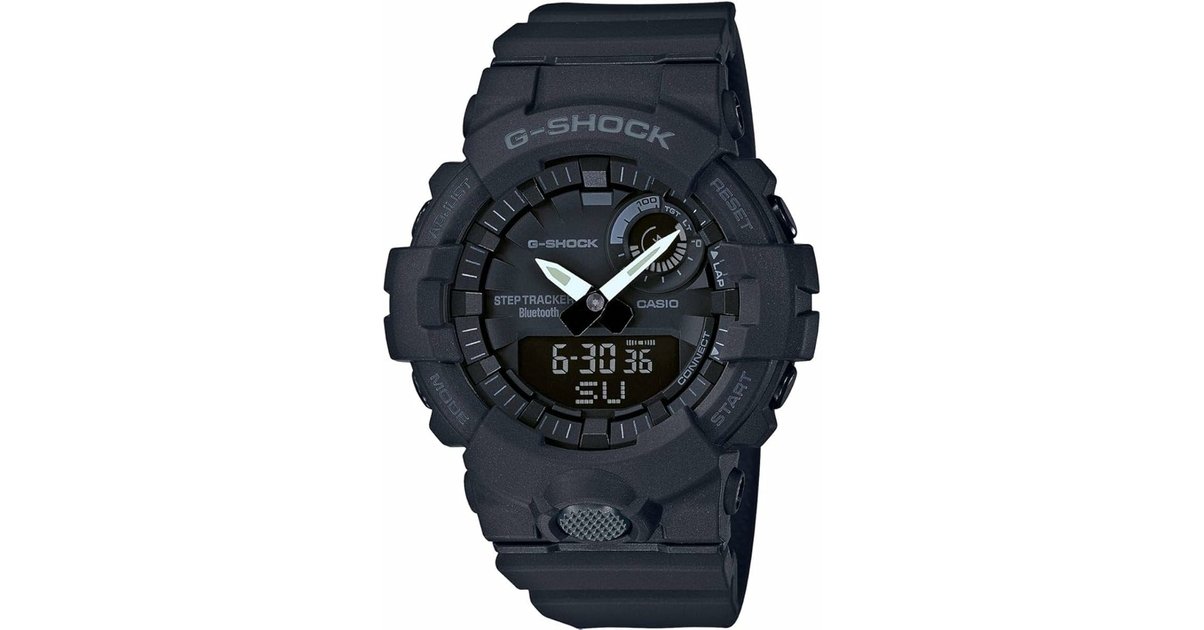Regular user in catering (frequent shocks) for 8 months, looking for a robust watch with basic activity tracking without frequent recharge. Choice motivated by the anti-shock reputation of G-Shock and the autonomy announced (2 years).
See the G-Shock GBA-800-1aer and the opinions on Amazon
First contact and installation
-
Perceived quality: solid case, flexible resin bracelet (immediate comfort), 200 m waterproofing verified.
-
Handing: intuitive interface (physical buttons), but inverted digital screen that is not very readable in broad daylight without backlight.
-
Bluetooth connection: synchronization with the G-Shock app (iOS/Android) in 5 min, but minimalist design of the app (no detailed dashboard).
Real test vs promises
-
Activities: reliable steps (gap ≤5 Pas vs fitbit), memory of 120 laps in stopwatch.
-
Sustainability: resistant to shocks against walls/counters (no scratch after 8 months).
-
Battery: 20 months of actual autonomy (Bluetooth activated 1x/day), far from the 2 years promised.
-
Disittions: absence of GPS, illegible digital screen without backlight, too simplistic app.
Key points for the buyer
-
For whom: manual workers, occasional sportsmen, G-Shock fans looking for a basic hybrid.
-
For whom not: runners (no GPS), Tech-Addicts (limited app), small wrists (massive model).
-
Corporate value for money: correct at 150 € for robustness, but alternatives (Xiaomi Miband, Garmin Instinct) offer more features at the same price.
Cash verdict
✅ 3 strengths:
-
Indestructible (shocks, water, dust).
-
Unbeatable autonomy vs smartwatches.
-
Prolonged comfort despite the size.
❌ 3 weak points:
-
Digital display unusable in broad daylight.
-
Rudimentary app (no in -depth analysis).
-
Actual battery lower than promises.
Recommended ? Yes, for hostile environmental workers or fans of lasting low-tech watches. Not recommended for demanding athletes or precise data followers.
